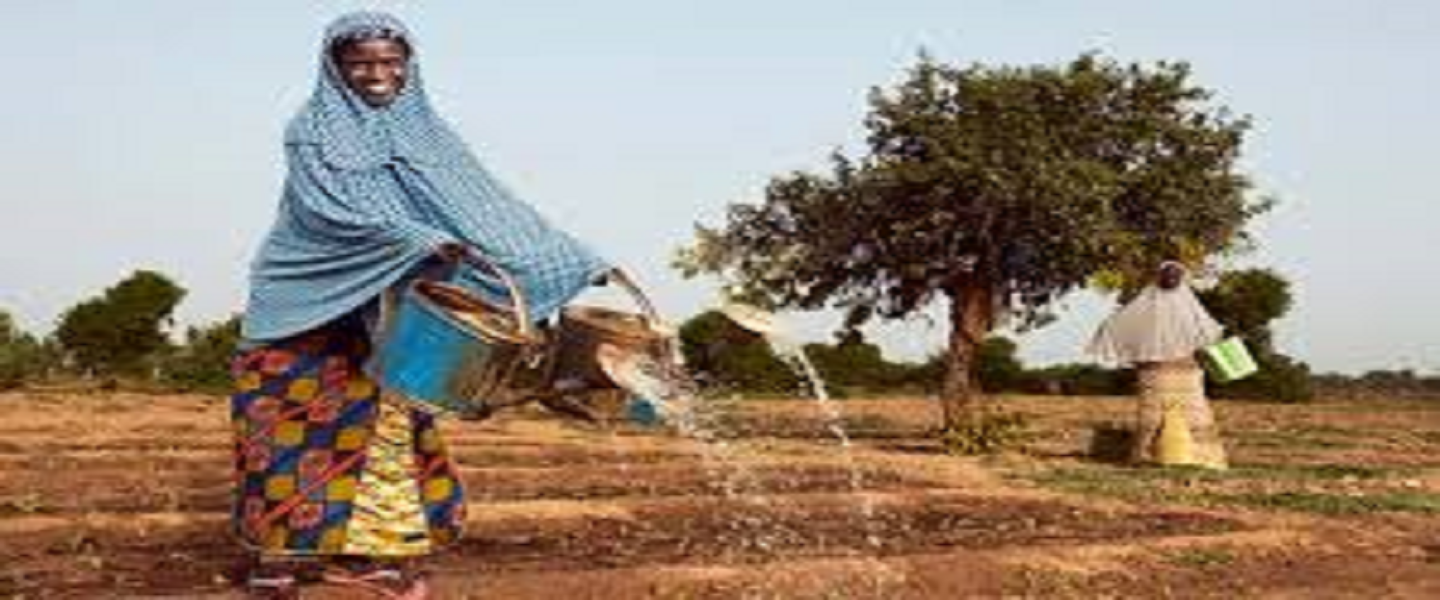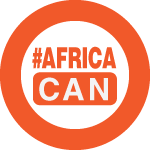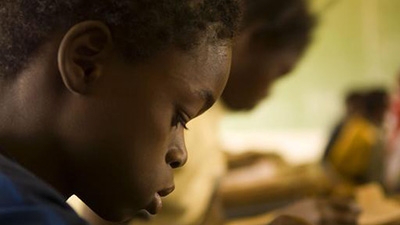Economic Overview
Over the past year, the Angolan economy has shown signs of slowing down. Gross Domestic Product (GDP) grew by 2.8% in 2015, down from 4.8% in 2014, mostly as a result of the drop in oil prices. The decline in international crude oil price has had a substantial impact on budget balances. The average price for Angolan crude was $104 in the third quarter of 2014, declining to $85 in the fourth quarter. Prices continued to drop in 2015 with the average oil price at $52, a decline of approximately 48% in 12 months. Prices dropped even further in early 2016, averaging $30 in the first two months of the year.
Angolan oil production has fluctuated around 1.7 million bps/day in the last five years while the long term goal target is 2 million bps/day. After reaching its peak in 2010 – 1.786 million bps/day – production fell slightly to 1.660 million bps/day in 2014. Despite the fall of oil prices, production increased by 5.7% in 2015 compared to a decline of about 2.6% in 2014.
Growth in the non-oil economy also slowed in 2015 on account of delays in the execution of key electricity and industrial investments. Non-oil growth is nevertheless estimated to have reached 1.3%, with 2.5% growth in the energy sector, 3.5% growth in construction, 3.2% growth in diamonds, and 0.2% in the agriculture sector.
The second largest export product in Angola is diamonds. Diamond production grew swiftly until 2006, when production volume reached 9.2 million carats. Since then, production has fluctuated between 8.2 and 9.2 million carats. In 2015, it grew by 4% and reached 9 million carats. The country has still high potential to expand mining since only 40% of the Angolan mining resources are known. Diamond exploration is being conducted in 13 provinces and 108 new projects are available for private investors.
Oil exports in the last 10 years accounted on average for 97% of Angolan exports. In 2014 and in 2015, the share of oil in total export remained around the same level. Oil exports brought in $60.2 billion in revenues to the country in 2014. In 2015, FX inflow generated by oil exports was at $33.4 billion, a 44.5% decline in relation to the same period the previous year.
The Central Bank has sold slightly less FX in 2014 and 2015: $17.5 billion in 2014 vis-à-vis $19.2 billion in 2015. Sales by private banks were reduced drastically – 83% in the same period. The total FX sales to the market were reduced by 42.2% from 2014 to 2015.
Inflation has been increasing steadily since June of 2014, when it reached the record low of 6.8%. In 2015, inflation almost doubled to 14.3%. Producers’ prices have followed a similar pattern going from 6% by the end of 2014 to 11.3% as of November 2015. The central bank raised interest rates from 9 to 12% and reserve requirements from 12.5 to 25%.
As expected, revenues showed a steep decline of 11 percentage points (p.p.) of GDP in 2015. Overall oil revenues declined from 23.8 p.p to 12.6 p.p of GDP. Non-oil revenues showed a small increase, but are far from compensating the reduction in oil revenues. The government has recently increased the consumption tax over several products – mainly on luxury goods, but has also introduced the same tax on fuels, which will help boost revenues in 2016.
Expenditures were reduced from 42 p.p. to 30.4p.p. of the GDP from 2014 to 2015, however public debt has loomed. From a debt to GDP ratio of 21% in 2013, Angola’s debt grew to 31% in 2014 and was expected to escalate to 47% of GDP by the end of 2015.
Angola bond issuance was well received and the country was able to raise $1.5 billion – the largest amount by an African country in 2015.
Political Context
Angola has maintained political stability since the end of the civil war in 2002. In February 2010, the Constitution established a presidential parliamentary system. Under the new system, the president is no longer elected by direct popular vote, but instead the head of the party winning the most seats in Parliament becomes president. The 2010 Constitution sets a limit of two, five-year presidential terms.
Parliamentary elections were held under the new Constitution in August 2012. The ruling party Movimento Popular de Libertação de Angola (MPLA) won 175 out of 220 seats in 2012, receiving over 72% of the votes. As a result, the incumbent Jose Eduardo dos Santos was sworn in as President. União Nacional para a Independência Total de Angola (UNITA) is the main opposition party with 32 parliamentary seats, while Convergência Ampla de Salvação de Angola (CASA-CE), established six months before the elections, and Partido de Renovação Social (PRS) won eight and three seats respectively.
The next legislative elections are scheduled to take place in 2017. At the polls, the MPLA is likely to take advantage of its solid funding base, strong business connections and domination of the media to win another majority and retain its hegemonic grip on all aspects of power. Should President Jose dos Santos decide to relinquish power before the poll, the constitution dictates that the vice president (currently Manuel Vicente) would complete the term of office "with full powers." This term of office would run until the next election, which only the acting head of state would have the power to call.
Opposition groups had hoped that they would be able to build political momentum at long-delayed municipal elections, scheduled for 2015. However, this has been derailed following the announcement that the polls are unlikely to be held before 2018 at the earliest. Opposition parties accuse the MPLA of deliberately delaying local elections to protect its power base, and have also expressed concern about the government's planned alterations to the current electoral law to facilitate a new voter-registration process ahead of the 2017 legislative elections.
Internationally, Angola is becoming more assertive and has been demonstrating steadfast commitment to peace and stability in Africa, in particular in the Great Lakes region. After Angola took over the presidency of the International Conference of the Great Lakes Region in January 2014, the situation in the region has improved significantly, most likely a result of Angola’s leadership. In this role, Angola was able to secure a commitment from the states of the region to economic and political sanctions against armed rebel groups for the first time. Angola continues to chair the International Conference of the Great Lakes in the current year.
In October 2014, Angola, together with Malaysia, New Zealand, Spain and Venezuela were elected by the United Nations General Assembly to serve as non-permanent members on the Security Council for two-year terms beginning on 1 January 2015 until 31st of December 2016.
In March 2016, Angola assumed the rotating presidency of the United Nations Security Council for the month of March.
Development Challenges
Angola has made substantial progress in economic and political terms since the end of the war in 2002. However, the country continues to face massive developmental challenges which include reducing the dependency on oil and diversifying the economy, rebuilding its infrastructure, improving institutional capacity, governance, public financial management systems, human development indicators and the living conditions of the population. Large pockets of the population still remain in poverty and without adequate access to basic services and could benefit from more inclusive development policies.
Last Updated: Oct 17, 2016






